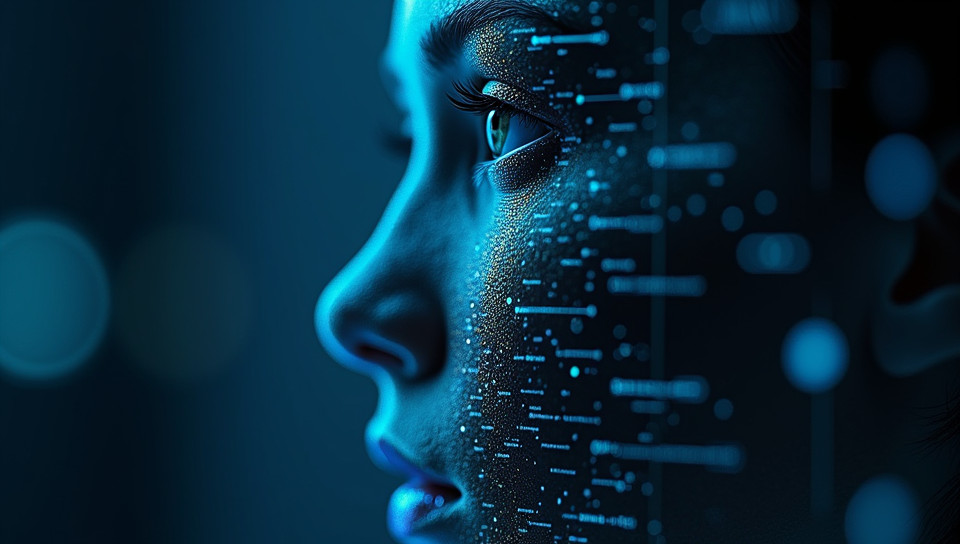Digital content is not being translated into braille 70%

The Invisibility of Digital Content for the Visually Impaired
In today's digital age, information is at our fingertips. We can access a vast amount of knowledge and entertainment with just a few clicks. However, this convenience comes with a significant caveat: much of this content remains inaccessible to those who need it most – the visually impaired. Despite advancements in technology, digital content continues to be a major barrier for individuals with visual impairments.
The Limitations of Digital Content
Digital content is not being translated into braille, leaving many visually impaired individuals without access to vital information and resources. This includes online educational materials, news articles, and even social media platforms. For those who rely on braille as their primary means of communication, this lack of accessibility can be debilitating.
Why Is Digital Content Not Being Translated?
There are several reasons why digital content is not being translated into braille:
- Lack of awareness about the importance of accessibility
- Limited resources and funding for braille translation projects
- Technical difficulties in adapting digital content to braille formats
- Inadequate support from governments and organizations
The Consequences of Inaccessibility
The consequences of inaccessible digital content are far-reaching. Visually impaired individuals may struggle to access:
- Educational materials, hindering their ability to learn and succeed
- Job opportunities, limiting their economic mobility
- Social connections, isolating them from friends and family
- Healthcare information, compromising their well-being
Breaking Down Barriers
To address the issue of inaccessible digital content, we need a collective effort. Governments, organizations, and individuals must come together to:
- Raise awareness about the importance of accessibility
- Allocate resources for braille translation projects
- Develop more effective technologies for adapting digital content to braille formats
- Provide support and accommodations for visually impaired individuals
Conclusion
Digital content is not just a luxury; it's a fundamental right. Every individual, regardless of their visual abilities, deserves access to information and opportunities. By prioritizing accessibility and working together, we can break down the barriers that exclude the visually impaired from participating fully in our digital world. It's time for us to recognize the value and worth of every individual, and ensure that digital content is inclusive and accessible to all.
- Created by: Liam Ortiz
- Created at: Jan. 9, 2025, 3:29 p.m.
- ID: 17613



